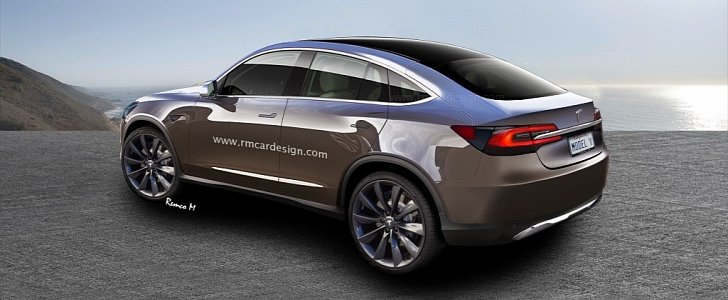Wiring is to automobiles what blood vessels are to the human body. The purpose of wiring is to send electricity back and forth between the vehicle’s abundance of electric systems, from exterior lighting to satellite navigation and cruise control.
Tesla’s head honcho promises to make the impossible happen with the Model Y, a crossover utility vehicle that’s expected to make use of the Model 3 sedan’s platform. According to Elon Musk, the upcoming Model Y will require merely 328 feet of wiring in its construction, which is nothing short of impressive. By comparison, Automotive News reports the Tesla Model 3 has 5,000 feet of wiring, whereas the Model S requires approximately 10,000 feet.
Speaking to analysts on the production plan for the Model Y, Elon Musk made it clear that it “will be a step apart from what Tesla - or the rest of the industry - is currently doing.” According to the head honcho of the Palo Alto-based automaker, “there will be nothing close to it.” There’s still a long way to go until the Model Y's launch, and in truth, anything can happen by then.
The main reason Tesla would push the envelope with the Model Y in this particular way is that less wiring means less manufacturing-related costs. And speaking of manufacturing, less wiring translates to less time on the assembly line. Whichever way you look at this matter, Tesla is betting on simplification.
As per Automotive News, Elon Musk declared that the automaker he’s managing “will move away from conventional 12-volt systems.” As a rule of thumb, energy consumption determines the voltage of an electrical system.
A part of the automotive industry is currently making the move from 12- to 48-volt systems for a number of reasons, including mild hybridization. The e-charger also requires a 48-volt system, chiefly because electricity spools up the turbo much faster than exhaust gas brings the impeller up to speed.
Speaking to analysts on the production plan for the Model Y, Elon Musk made it clear that it “will be a step apart from what Tesla - or the rest of the industry - is currently doing.” According to the head honcho of the Palo Alto-based automaker, “there will be nothing close to it.” There’s still a long way to go until the Model Y's launch, and in truth, anything can happen by then.
The main reason Tesla would push the envelope with the Model Y in this particular way is that less wiring means less manufacturing-related costs. And speaking of manufacturing, less wiring translates to less time on the assembly line. Whichever way you look at this matter, Tesla is betting on simplification.
As per Automotive News, Elon Musk declared that the automaker he’s managing “will move away from conventional 12-volt systems.” As a rule of thumb, energy consumption determines the voltage of an electrical system.
A part of the automotive industry is currently making the move from 12- to 48-volt systems for a number of reasons, including mild hybridization. The e-charger also requires a 48-volt system, chiefly because electricity spools up the turbo much faster than exhaust gas brings the impeller up to speed.











